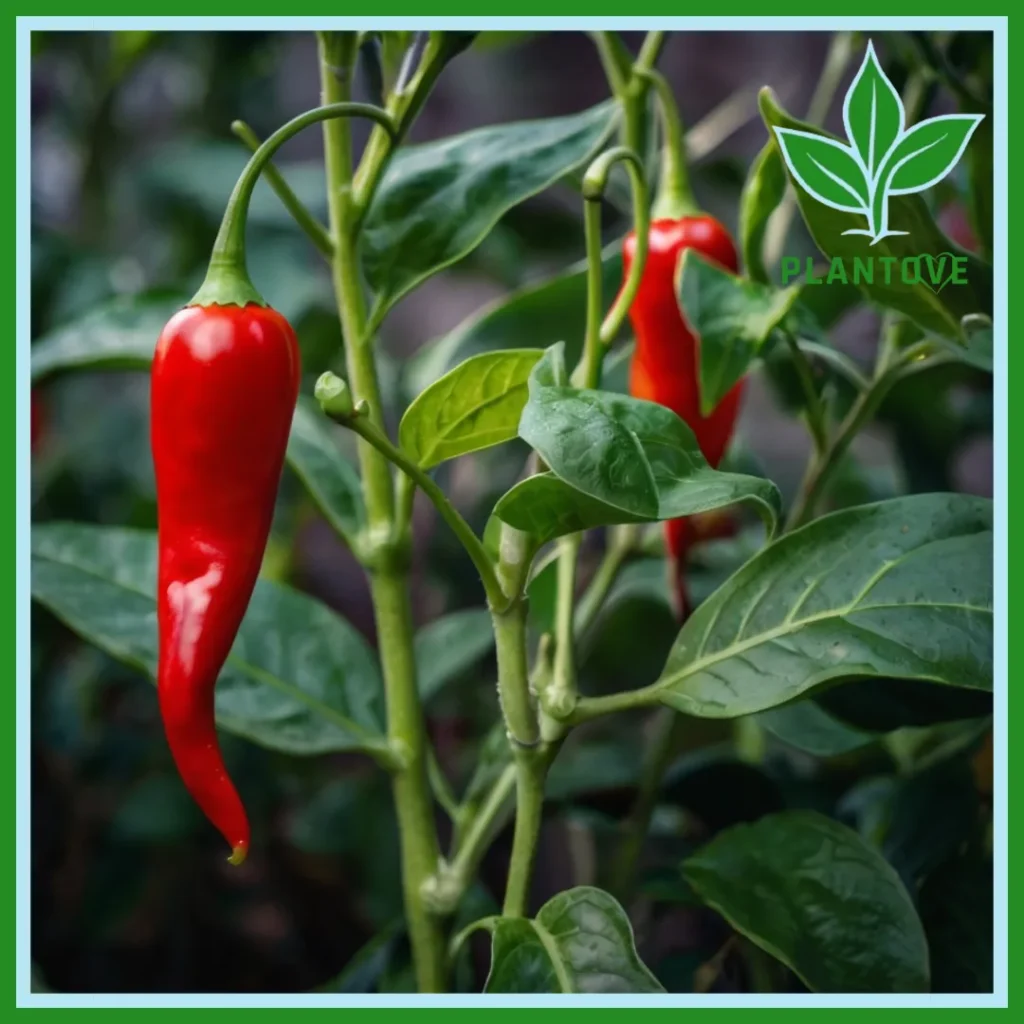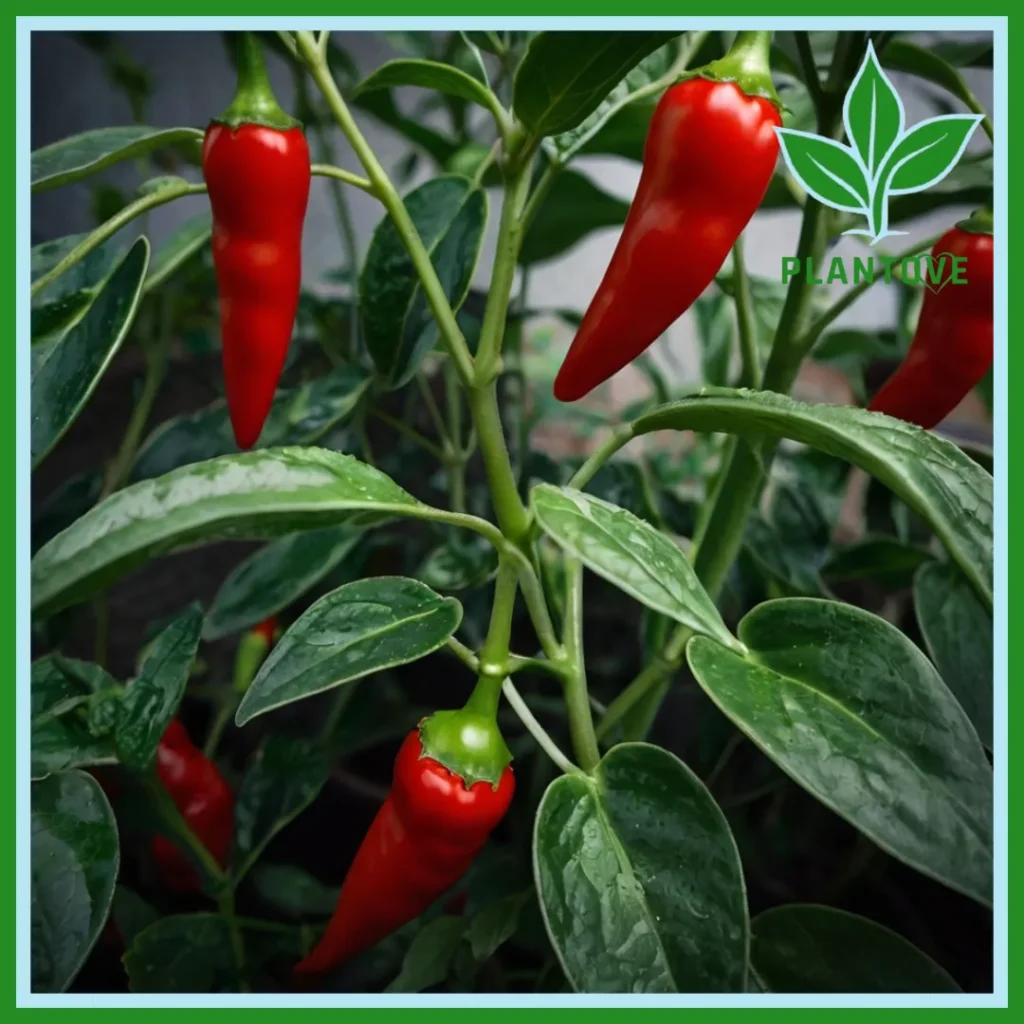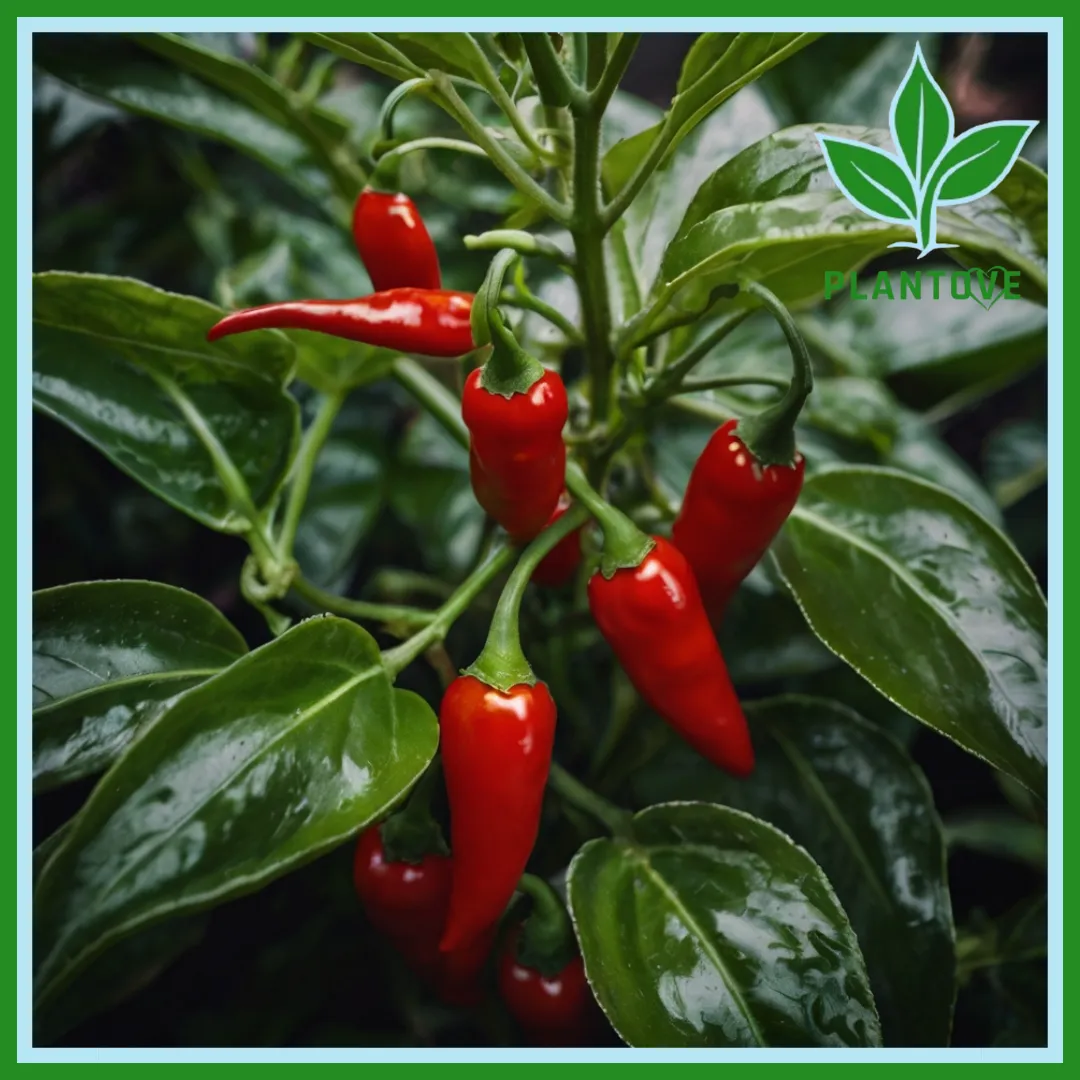The Bird Chili Plant (Capsicum frutescens), often known as Bird’s Eye chili, is a small yet fiery chili plant that holds a significant place in many cuisines around the world. Renowned for its intense heat and spicy flavor, this chili plant has been a favorite for gardeners and spice enthusiasts alike. Whether grown for culinary purposes, medicinal uses, or as a decorative plant, the Bird Chili Plant has become an indispensable addition to both outdoor and indoor gardens.
This plant is widely cultivated in tropical and subtropical regions, particularly in Southeast Asia and Africa. It’s versatile, easy to grow, and produces abundant harvests of small, colorful chili pods. In this article, we will delve deep into everything you need to know about the Bird Chili Plant, from growing tips to its economic value, while incorporating related keywords like Growing Birds Eye chilli in pots, How to grow Birds Eye chilli from seed, Bird Eye chilli price per kg, and Birds Eye chilli yield per plant.
What is the Bird Chili Plant?
The Bird Chili Plant, also known as Bird’s Eye chili, belongs to the Capsicum frutescens species. It is known for producing small, slender chilies that pack an intense heat. These chilies are often less than an inch long and come in various shades of red, yellow, and green. The name “Bird’s Eye” comes from the fact that birds are immune to the heat of chili peppers and are known to eat the fruits, spreading the seeds.
Despite their size, Bird’s Eye chilies are some of the hottest chilies in the world, measuring between 50,000 and 100,000 Scoville Heat Units (SHU). This makes them significantly spicier than the average jalapeño, which ranges between 2,500 and 8,000 SHU. They are commonly used in Southeast Asian dishes, African stews, and various hot sauces.
The plant itself is bushy and can grow up to 3-4 feet in height. It is hardy and resistant to many pests and diseases, making it an ideal plant for both beginner and experienced gardeners.
Why is the Bird Chili Plant So Popular?
The popularity of the Bird Chili Plant stems from its versatility, ease of growth, and the intense heat of its fruits. In many regions, especially in Southeast Asia and Africa, Bird’s Eye chili is a staple in traditional dishes. Its heat brings depth and flavor to curries, soups, and sauces, making it a must-have for spice lovers.
Additionally, the Bird Chili Plant is relatively low-maintenance. It can be grown in various conditions and adapts well to container gardening. Its compact size and prolific yield make it a popular choice for home gardeners who want to grow their own spices. The aesthetic appeal of the small, brightly colored chilies also adds to its charm as a decorative plant in many households.
How to Care for the Bird Chili Plant

Caring for the Bird Chili Plant is straightforward, but like any plant, it requires specific conditions to thrive. By providing the right environment, you can ensure a bountiful harvest of fiery chilies.
Light Requirements
The Bird Chili Plant thrives in full sunlight. For optimal growth, the plant requires at least 6-8 hours of direct sunlight daily. If grown indoors, placing the plant near a sunny window or using grow lights can help provide the necessary light. Without adequate sunlight, the plant may become leggy, and its chili yield will decrease.
If you are growing the plant outdoors, make sure to place it in a spot that receives ample sunlight throughout the day. This will not only boost the plant’s growth but also enhance the flavor and spiciness of the chilies.
Watering the Bird Chili Plant
The Bird Chili Plant prefers moist but well-drained soil. Water the plant regularly, especially during hot, dry periods. However, be careful not to overwater, as this can lead to root rot. Allow the top inch of soil to dry out between watering sessions.
During the flowering and fruiting stages, consistent watering is crucial to support the plant’s growth and yield. Inadequate watering can lead to smaller fruits or a reduced harvest.
Soil and Potting Mix
The Bird Chili Plant grows best in well-drained soil with a slightly acidic to neutral pH (6.0-7.0). A mix of garden soil, compost, and perlite or sand is ideal for promoting proper drainage. If you are growing the plant in pots, use a high-quality potting mix designed for vegetables and herbs.
Adding organic matter such as compost or well-rotted manure can help improve soil fertility and promote healthy growth. Regular feeding with a balanced fertilizer during the growing season will further support the plant’s development.
Temperature and Humidity
The Bird Chili Plant prefers warm temperatures and grows best between 70°F and 85°F (21°C-29°C). It is sensitive to frost, so if you live in a region with cold winters, it’s best to grow the plant indoors or in a greenhouse.
This chili plant also thrives in moderate humidity levels. If grown in a dry climate, consider misting the plant or placing a humidity tray nearby to maintain adequate moisture levels.
Growing Birds Eye Chili in Pots

One of the advantages of the Bird Chili Plant is its adaptability to container gardening. Growing Birds Eye chili in pots is a popular option for gardeners with limited space or those living in urban environments. The compact size of the plant makes it ideal for patios, balconies, or even indoor spaces.
When growing Birds Eye chili in pots, choose a container that is at least 12 inches in diameter and has drainage holes at the bottom. This ensures that the plant has enough room to grow and prevents water from accumulating at the roots.
Use a well-draining potting mix and place the pot in a sunny spot where the plant can receive at least 6-8 hours of sunlight daily. Water the plant regularly, but be careful not to overwater, as this can lead to root rot.
How to Grow Birds Eye Chili from Seed
Growing Birds Eye chili from seed is a rewarding process that allows you to cultivate the plant from the very beginning. Here’s a step-by-step guide on how to grow Birds Eye chili from seed:
- Prepare the Seeds: Start by soaking the chili seeds in water for a few hours. This helps soften the seed coat and speeds up germination.
- Sow the Seeds: Fill seed trays or small pots with moist potting mix. Sow the seeds about ¼ inch deep and cover them lightly with soil.
- Provide Warmth: Place the seed trays in a warm, sunny spot or use a heat mat to maintain a temperature of around 75°F to 85°F (24°C to 29°C). Chili seeds require warmth to germinate.
- Keep the Soil Moist: Water the soil lightly to keep it consistently moist but not waterlogged. The seeds should germinate within 1-3 weeks.
- Transplanting: Once the seedlings have developed a few true leaves, they can be transplanted into larger pots or directly into the garden.
Bird Eye Chili Price per kg
The price of Birds Eye chili varies depending on the region, quality, and demand. In general, the price per kg can range from $10 to $30, depending on whether the chilies are fresh, dried, or processed.
Factors such as the time of year, weather conditions, and global market demand can also affect the price. Fresh Birds Eye chilies are typically more expensive than dried ones due to their shorter shelf life and the effort required to transport and store them.
In regions where Birds Eye chili is grown in abundance, the price per kg may be lower. However, in areas where the chili is considered a specialty product, the price can be significantly higher.
Birds Eye Chili Yield per Plant
The yield of Birds Eye chili per plant depends on various factors, including the growing conditions, the health of the plant, and how well it is cared for. On average, a single Bird Chili Plant can produce between 50 to 150 chilies per season.
Proper care, such as regular watering, adequate sunlight, and the use of fertilizers, can increase the plant’s yield. Harvesting the chilies regularly can also encourage the plant to produce more fruits.
Under optimal conditions, some gardeners have reported yields of up to 300 chilies per plant. However, it’s important to note that the yield can fluctuate depending on environmental factors such as temperature, humidity, and soil quality.
Pests and Diseases
The Bird Chili Plant is generally resistant to many pests and diseases, but it is not immune. Common pests include aphids, spider mites, and whiteflies. These insects can weaken the plant and reduce its yield. Regularly inspecting the plant and treating it with organic insecticidal soap can help prevent infestations.
Diseases such as powdery mildew and root rot can occur if the plant is exposed to overly wet conditions. Ensuring proper drainage and air circulation around the plant can help prevent these issues.
Conclusion
The Bird Chili Plant is a versatile and easy-to-grow plant that offers both aesthetic and culinary benefits. Whether you are growing Birds Eye chili in pots or in the garden, this fiery chili will reward you with a bountiful harvest of spicy fruits. From its popularity in kitchens worldwide to its adaptability to different growing conditions, the Bird Chili Plant is a must-have for any chili lover. By following the care guidelines outlined in this article, you can successfully grow and enjoy the intense heat and flavor of Birds Eye chilies.

